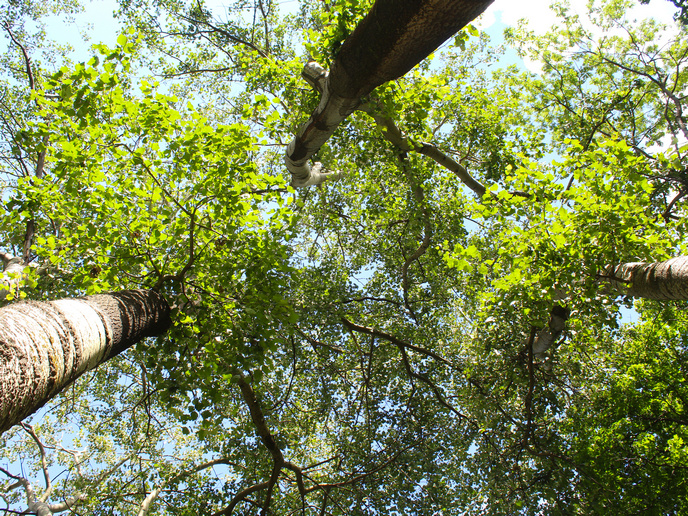Technological traditions from hunter–gatherers to farmers
In the period after around 6200/6000 cal. BC (where cal. BC indicates calibrated radiocarbon dating), interactions between foragers and farmers are firstly documented in the central Balkans. The 'Technology of the last foragers and first farmers in the Balkans' (MESO-NEO TECHNOLOGY) project investigated the consequences of this contact on the different technological traditions. Research objectives were divided into four main areas, relevant to specific regions. The first was to define elements making up technical, functional and typological traditions in the exploitation of hard animal tissues (bone, antler, ivory tusks). A second objective was to define how local Epipalaeolithic, Mesolithic and Neolithic traditions related to environmental conditions. Specifically, the project was interested in the influence of changing climatic conditions on the nature of technological and functional adaptations/specialisations. The third objective was to identify technological traits indicating interactions between local foragers and the first farming communities in the Balkans. The last was to provide a wider perspective on the role of Mesolithic technology for understanding postglacial adaptations and the spread of Neolithic knowledge in Europe. Project work involved techno-functional analyses of various materials from selected dwelling and burial sites. Archaeological materials were stored at various institutes and museums in Croatia, Montenegro and Serbia. Archaeological and experimental use-wear traces and residues were characterised and experimental work was carried out to test hypotheses regarding Mesolithic and Early Neolithic technologies of the central Balkans and the eastern Adriatic region. Analyses of bone techno-complexes offered greater insights into the influence of climatic conditions. Other analyses enabled a closer look at the specific use of harpoons, composite hooks and ornaments in the central Balkans. MESO-NEO TECHNOLOGY activities included attendance and oral presentations at four conferences, and a number of papers and book chapters.







